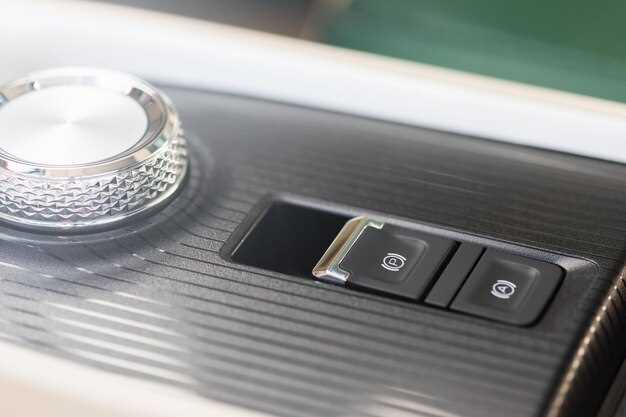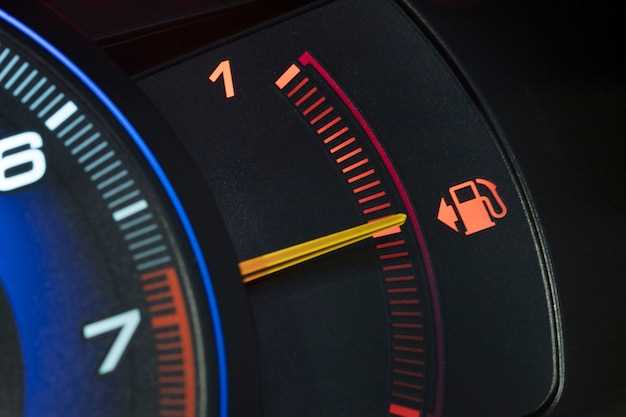
The ignition system in a marine environment is crucial for the reliable operation of any boat. Understanding its key components can help boat owners troubleshoot issues and maintain their vessels effectively. A well-functioning ignition system ensures that the engine starts smoothly, runs efficiently, and responds promptly to throttle inputs.
At the heart of the ignition system are several vital components that work together harmoniously. Each part plays a specific role in generating the electrical spark needed to ignite the fuel-air mixture in the engine’s cylinders. Knowing how these components interact and their individual functions can empower boat enthusiasts and owners to diagnose problems more efficiently and ensure their boat’s performance remains optimal.
This article will delve into the essential elements of the ignition system, including the ignition switch, coil, spark plugs, and various sensors. Accurately understanding these parts, their maintenance requirements, and the signs of potential failure is critical for anyone looking to enhance their boating experience and ensure their vessel is always ready for the open water.
Understanding the Role of Ignition Switch in Boat Operation
The ignition switch is a crucial component in the operation of a boat’s marine engine. It serves as the primary control that allows the operator to start, stop, and manage the engine’s power. When the ignition switch is turned on, it activates the electrical system, supplying power to vital components such as the fuel pump and ignition coil.
One vital function of the ignition switch is to engage the starter motor, enabling the engine to crank and start running. This process requires a reliable connection, as any malfunction or wear in the switch can lead to difficulties in starting the boat or even engine failure. Therefore, regular maintenance and checks are essential to ensure the ignition switch is operating well.
Additionally, the ignition switch often includes safety features, such as a kill switch, which can immediately cut off the engine in emergencies. This enhances safety on the water, preventing further complications in case of an unexpected event. The design and functionality of the ignition switch can vary depending on the type of boat, but its importance remains consistent across different marine applications.
In summary, the ignition switch plays an integral role in boat operation by managing the engine’s starting process and ensuring safety during marine activities. Proper understanding and maintenance of this component are essential for reliable and efficient boating experiences.
Diagnosing Common Ignition Issues in Marine Engines

Diagnosing ignition issues in marine engines is crucial for ensuring optimal performance and safety while boating. Common symptoms may include difficulty starting, rough idling, or stalling while underway. Identifying the root causes can lead to effective repairs and increased reliability.
One possible issue is a faulty ignition coil. This component is responsible for transforming battery voltage into a high-voltage spark necessary for engine operation. If the coil malfunctions, the engine may fail to start or experience misfires. Testing the coil’s resistance with a multimeter can determine its condition.
Another frequent problem is a worn-out spark plug. Over time, spark plugs can accumulate carbon deposits, leading to poor spark and inefficient combustion. Inspecting spark plugs for wear and replacing them as needed can often resolve ignition problems, enhancing engine performance.
Additionally, ignition timing misalignment can lead to significant issues. If the timing is off, the spark may occur too early or too late, causing knocking or hesitation. Utilizing a timing light during diagnosis ensures that the ignition timing is set correctly, providing smoother engine operation.
Another aspect to consider is the condition of the ignition switch and wiring. Corroded connections or damaged wires can interrupt the ignition signal, resulting in starting difficulties. Thoroughly examining the wiring harness and ensuring secure connections can prevent these types of issues.
Lastly, fuel delivery problems can mimic ignition issues. A clogged fuel filter or malfunctioning fuel pump can hinder the necessary fuel flow, affecting engine performance. Ensuring proper fuel supply is vital for diagnosing ignition-related problems effectively.
In conclusion, by systematically checking these components, boat owners can address common ignition issues in marine engines, ensuring reliable operation on the water and prolonging the life of their vessels.
Step-by-Step Guide to Replacing Boat Ignition Components

Replacing ignition components in your marine vessel is essential for optimal performance and reliability. Follow these detailed steps to ensure a successful repair process.
Step 1: Gather Necessary Tools and Replacement Parts
Before starting the repair, collect all necessary tools such as a screwdriver, socket set, and pliers. Purchase replacement parts, including the ignition switch, key, and wiring harness, based on your boat’s specific model.
Step 2: Disconnect the Battery
Safety is paramount. Disconnect the negative terminal of the battery to prevent any electrical shocks while performing the repair.
Step 3: Remove the Old Ignition Switch
Locate the ignition switch on your boat’s dashboard. Unscrew any fasteners holding it in place and carefully pull it out. Take note of the wiring layout for reinstallation.
Step 4: Inspect Wiring and Connections
Examine the wiring connected to the ignition switch for any signs of wear, fraying, or corrosion. If necessary, replace damaged wires or connectors to ensure reliable operation.
Step 5: Install the New Ignition Switch
Connect the new ignition switch according to the layout observed during removal. Ensure all connections are secure and properly seated to prevent future issues.
Step 6: Reconnect the Battery
Once the new ignition switch is in place, reconnect the negative terminal of the battery. This will restore power to the system.
Step 7: Test the New Ignition System
Start the boat’s engine to test the new ignition components. Ensure the engine starts smoothly and that all functions of the ignition switch work as intended.
Step 8: Final Checks
After testing, perform a final inspection of all connections and surrounding areas for any signs of loose wires or potential issues. Document your repair for future reference.
By following this step-by-step guide, you can effectively replace your boat’s ignition components, ensuring your marine engine operates reliably for all your adventures.
